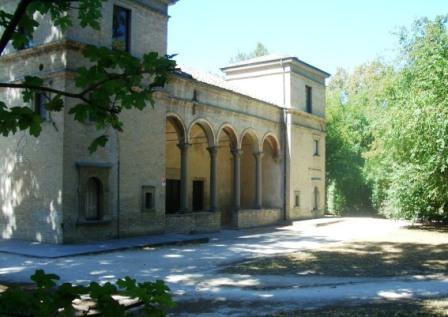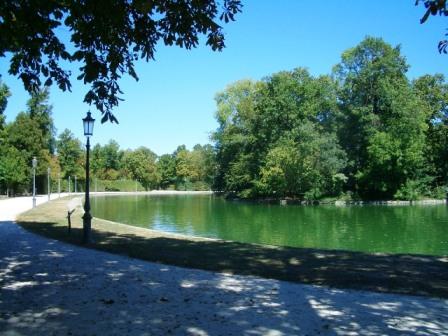 |
 |
 |
|
History |
The fish-pool (peschiera) was commissioned in 1690 by Ranuccio II, who asked for a representation of a naval battle (naumachia) to celebrate the wedding of his first-born Odoardo with the daughter of Elettore Palatino. The end of the Farnese dynasty, in 1731, brought the garden to a complete decay. In 1745, during the war of Austrian succession, the ancient trees of the garden were cut and burnt to keep the troops warm. It was only in 1749 that Don Felipe of Bourbon had the park redesigned by a young French architect, Ennemond Alexandre Petitot, who started the restoration works in 1753. His classicist project won the competition against the baroque one by Pierre Contant d'Ivry, who was a famous expert in garden design. Under the Bourbon family the garden started again to house celebrations for Dukes' weddings. At the same time the park was enriched with architectural embellishments as well as statues by Jean Baptiste Boudard and Pierre Costant. After becoming Duchess of Parma and
The statues
In the garden you can find 12 statues (5 couples and 2 groups) and 5 monumental vases carved in
The oldest three couples of statues (Zefiro and Flora, Bacco and Arianna, Apollo and Venus) have a homogeneous style, derived from classicism; the other two couples (Pale and Trittolemo,
After recent restoration works "in situ", all the statues have been cleaned out. Venus, "Apollo con la cetra", "Satiro e Naiade" are faithful copies (original statues are currently placed under the west loggia of Palazzotto Sanvitale) and all other statues are going to be reproduced while original ones will be located in the Boudard's Musemum.
In order to protect the Silenus from decay too, a faithful copy has been recently carved and placed nearby the
The vases
The series of 5 vases carved by Boudard around 1760 during embellishment works of the garden, was inspired by one of Petitot's projects, even if the two artists certainly influenced each other.
The fashion of the monumental vases goes back to the Hellenistic age, it was introduced again during the Reinassance to adorn Italian-style gardens and later used for French-style parks.
During recent restoration works in the park, all the vases have been completely cleaned out and are currently under the moulding process.
BACK TO "WHAT'S ON"
